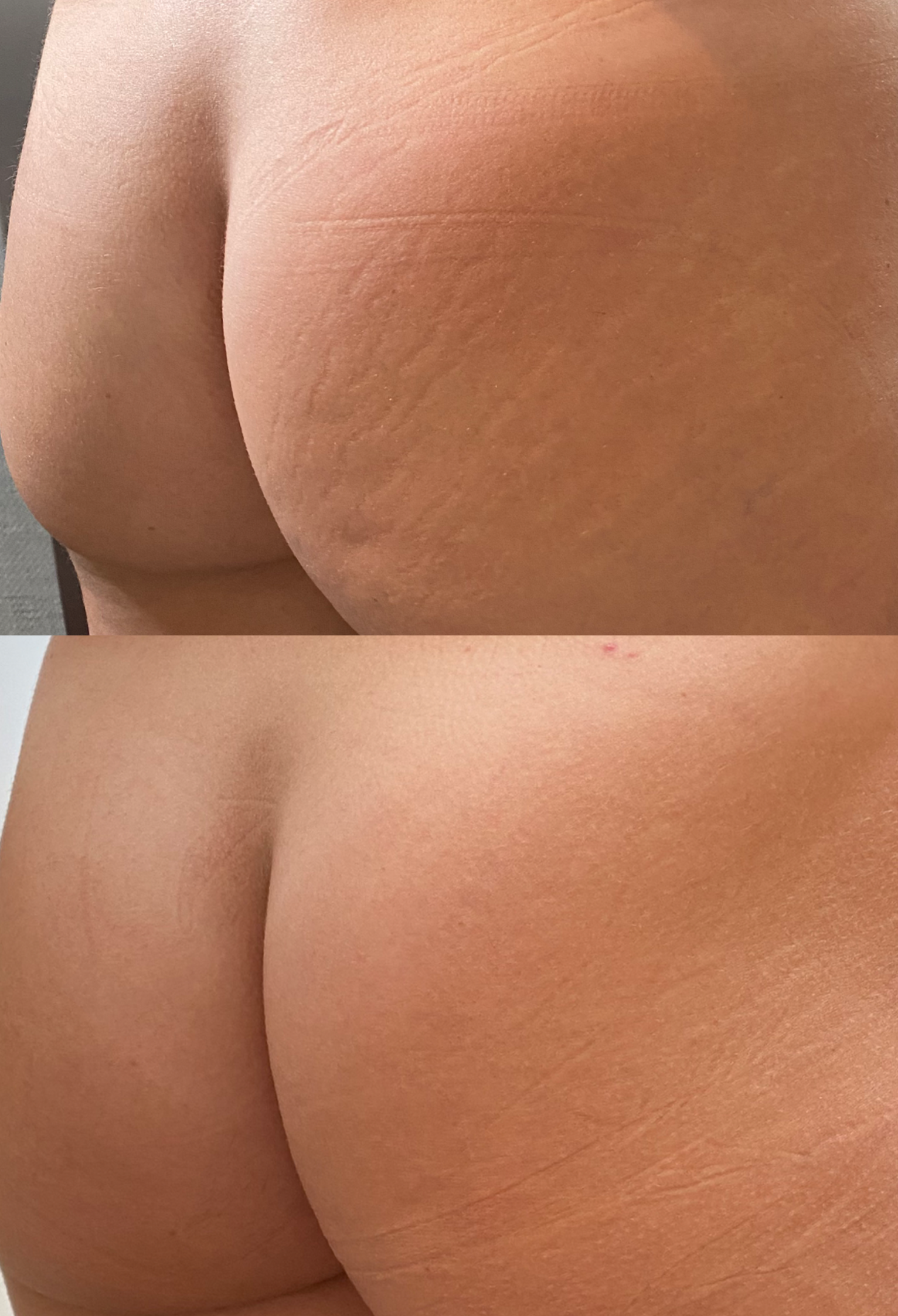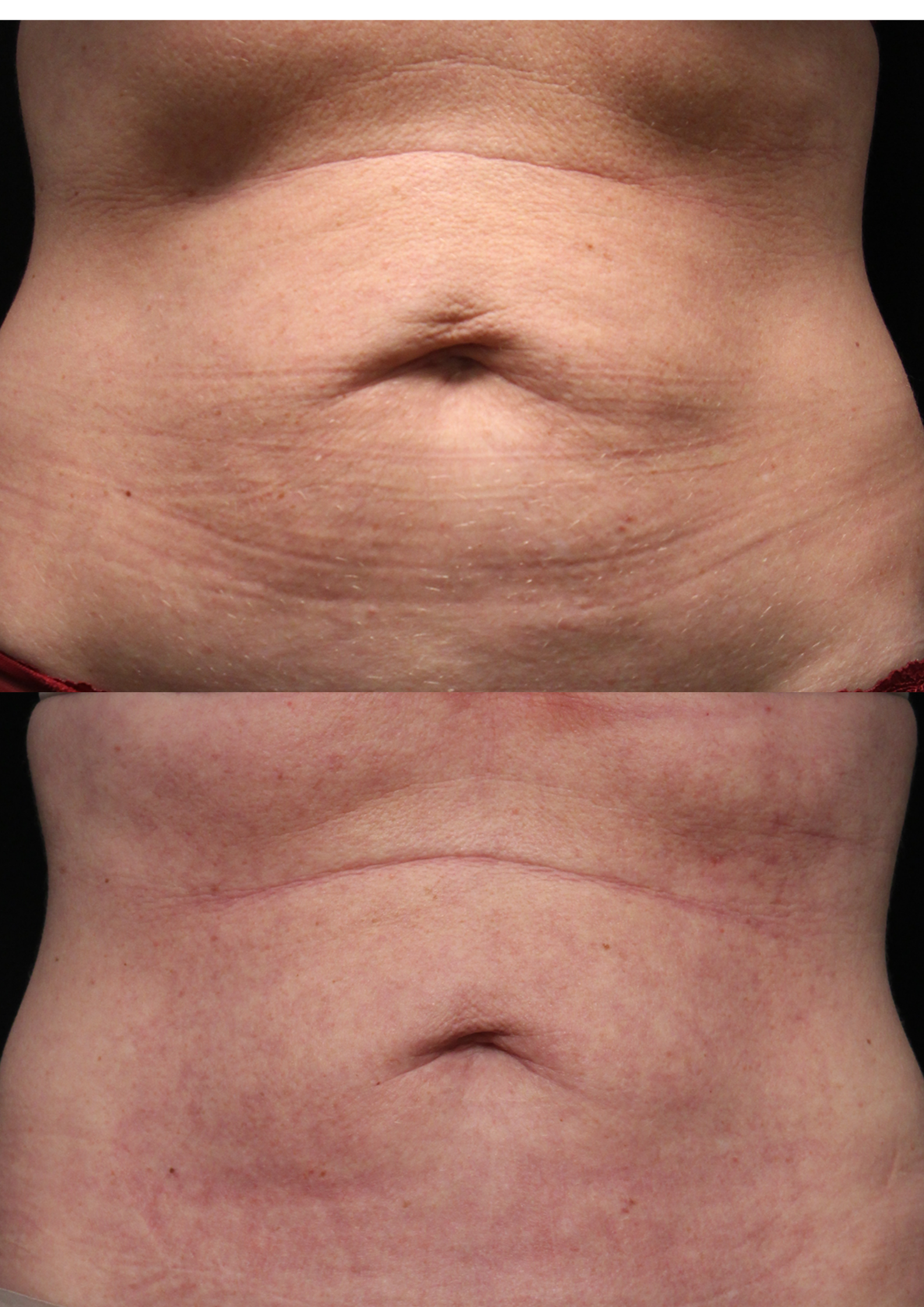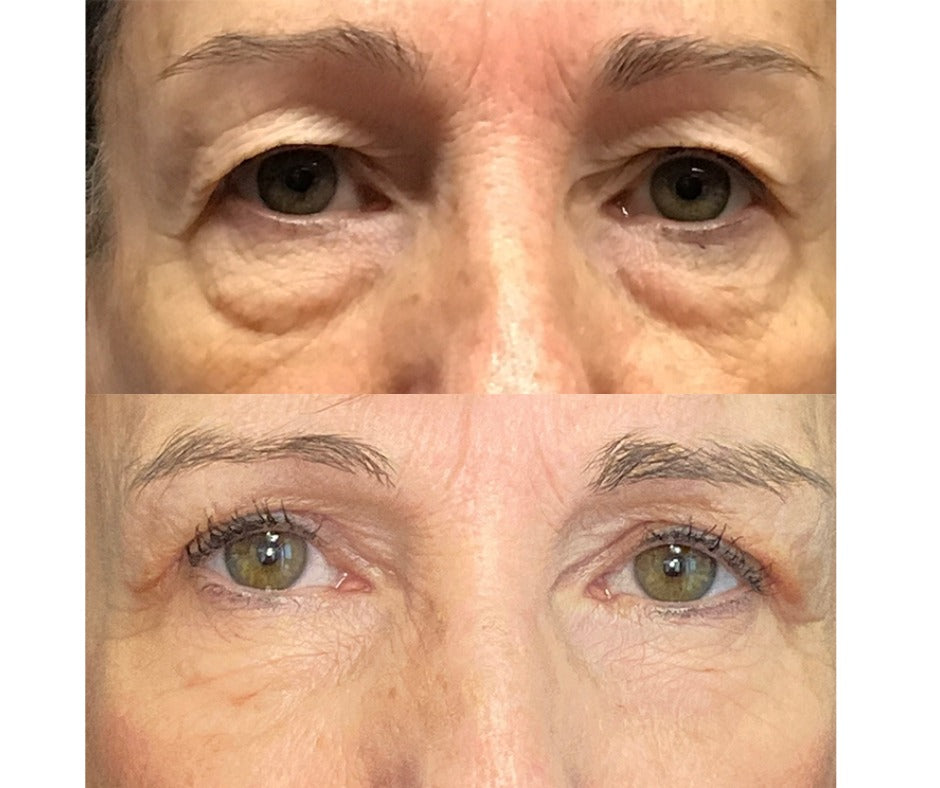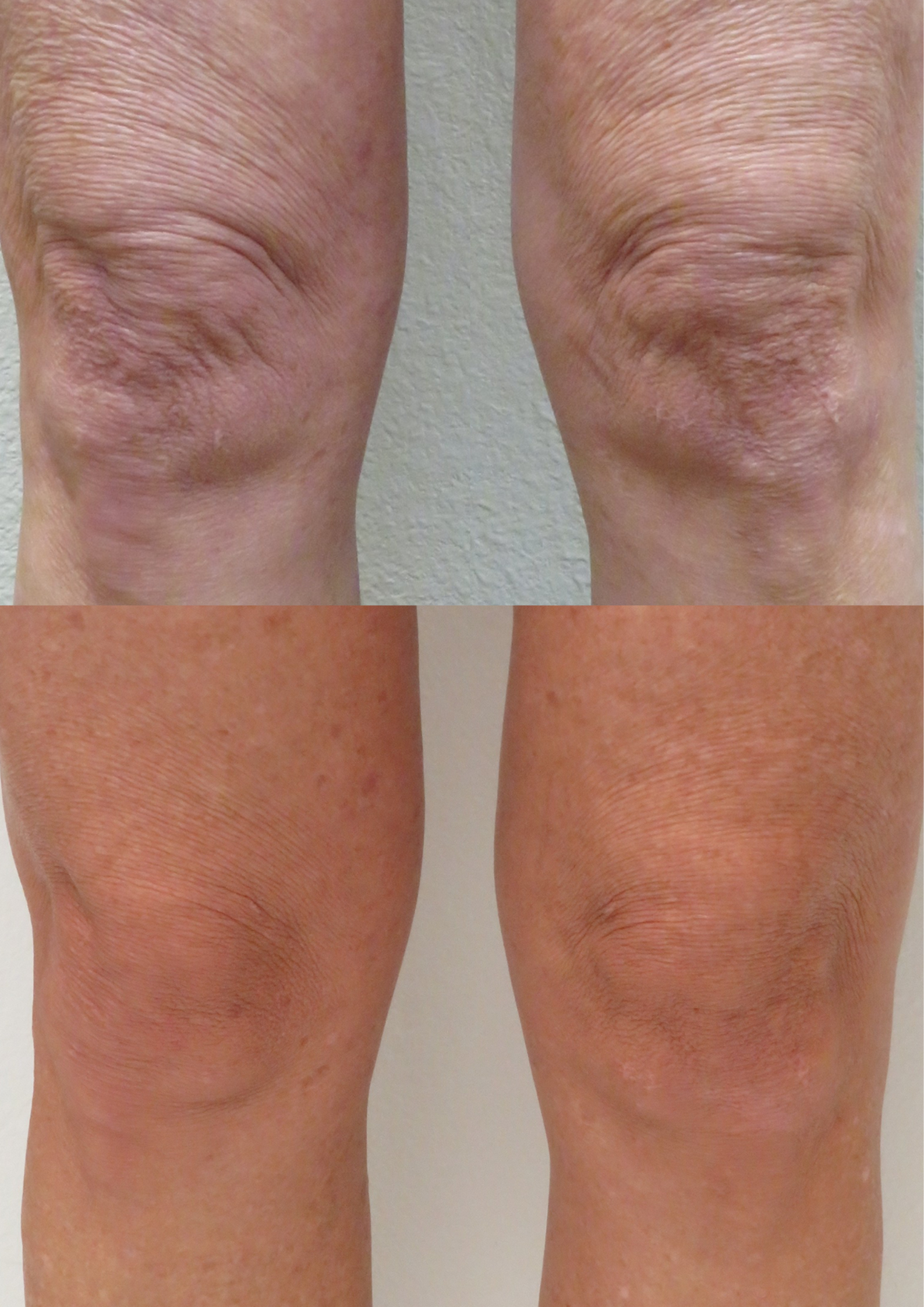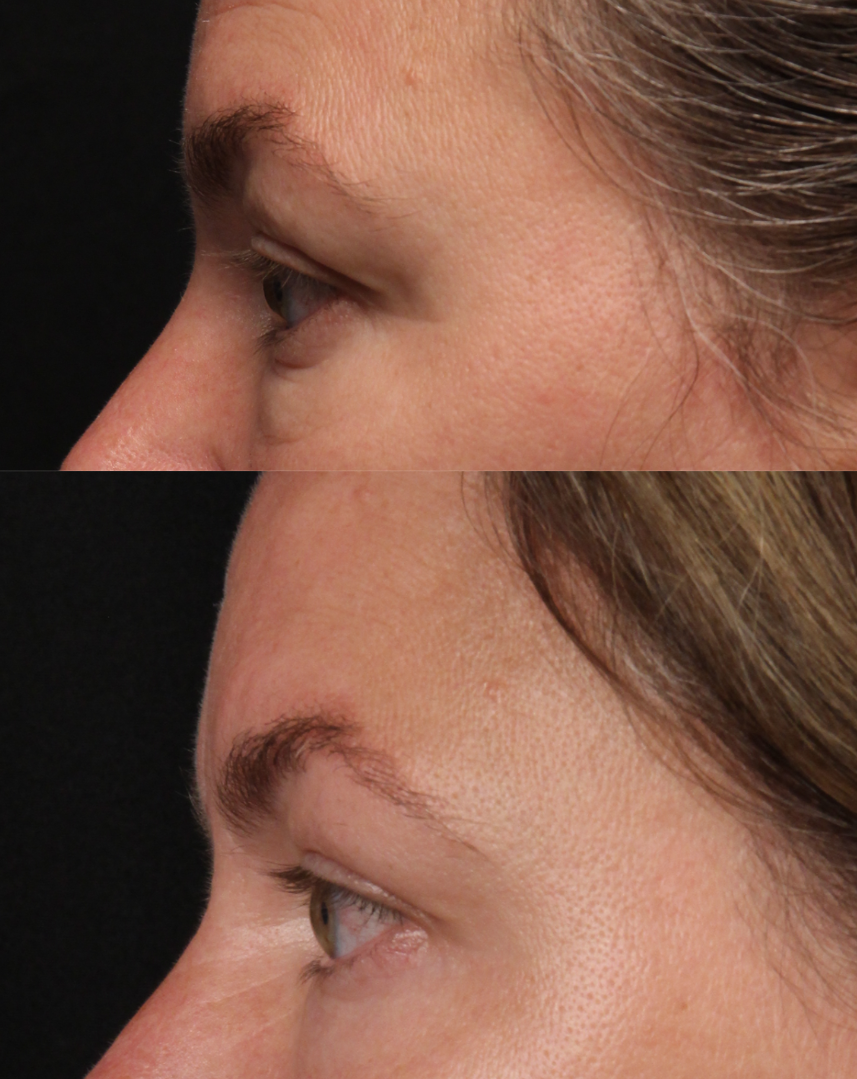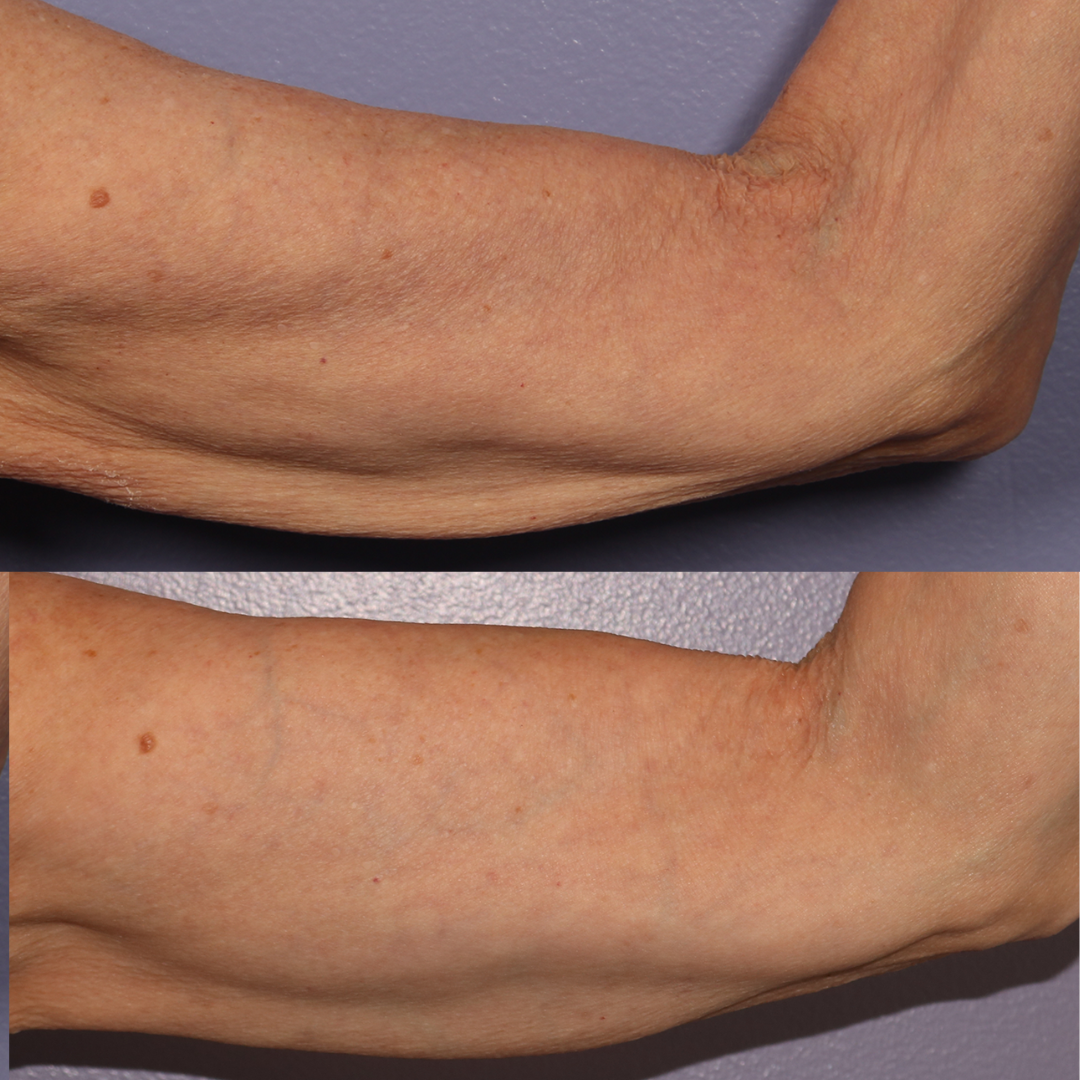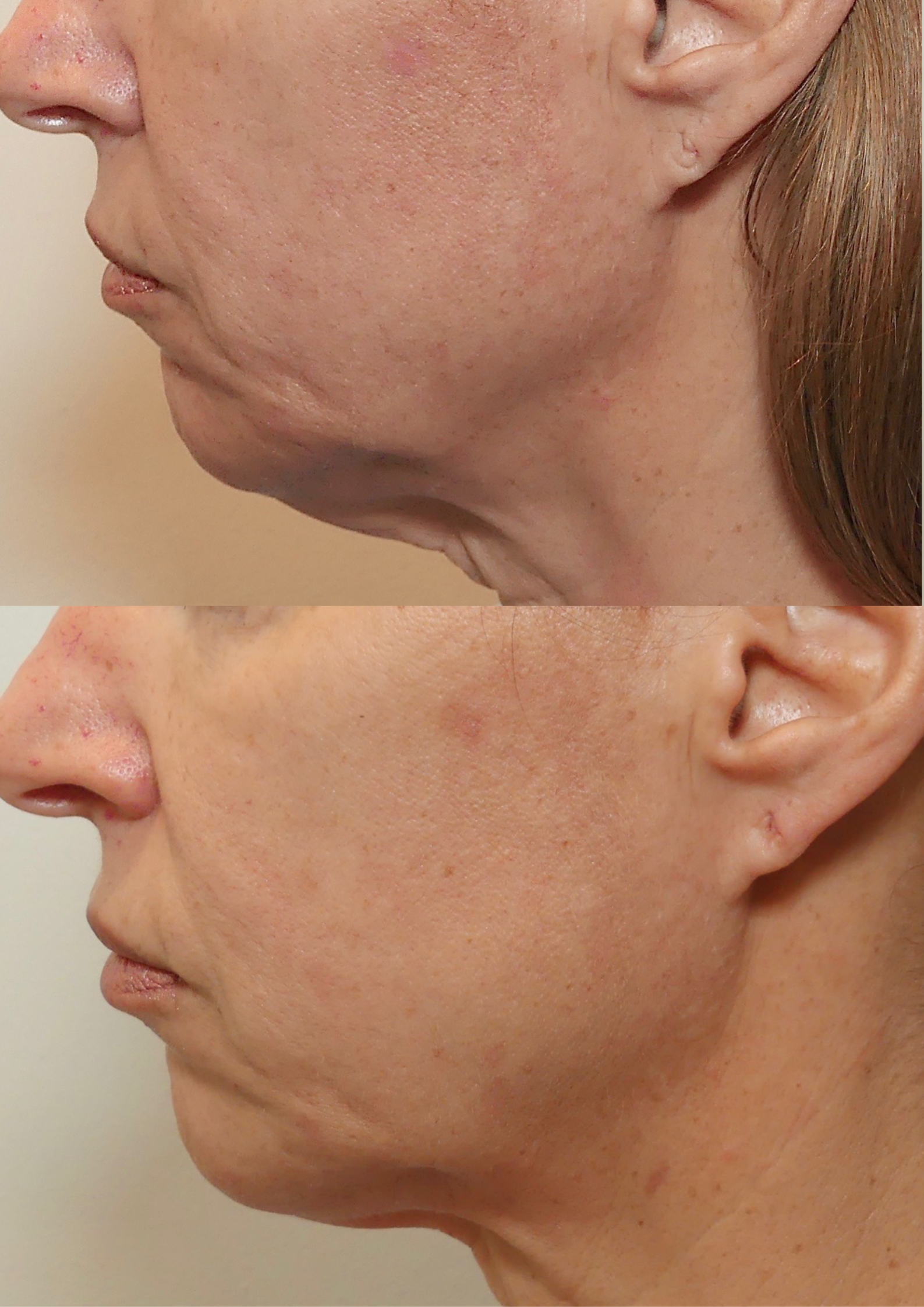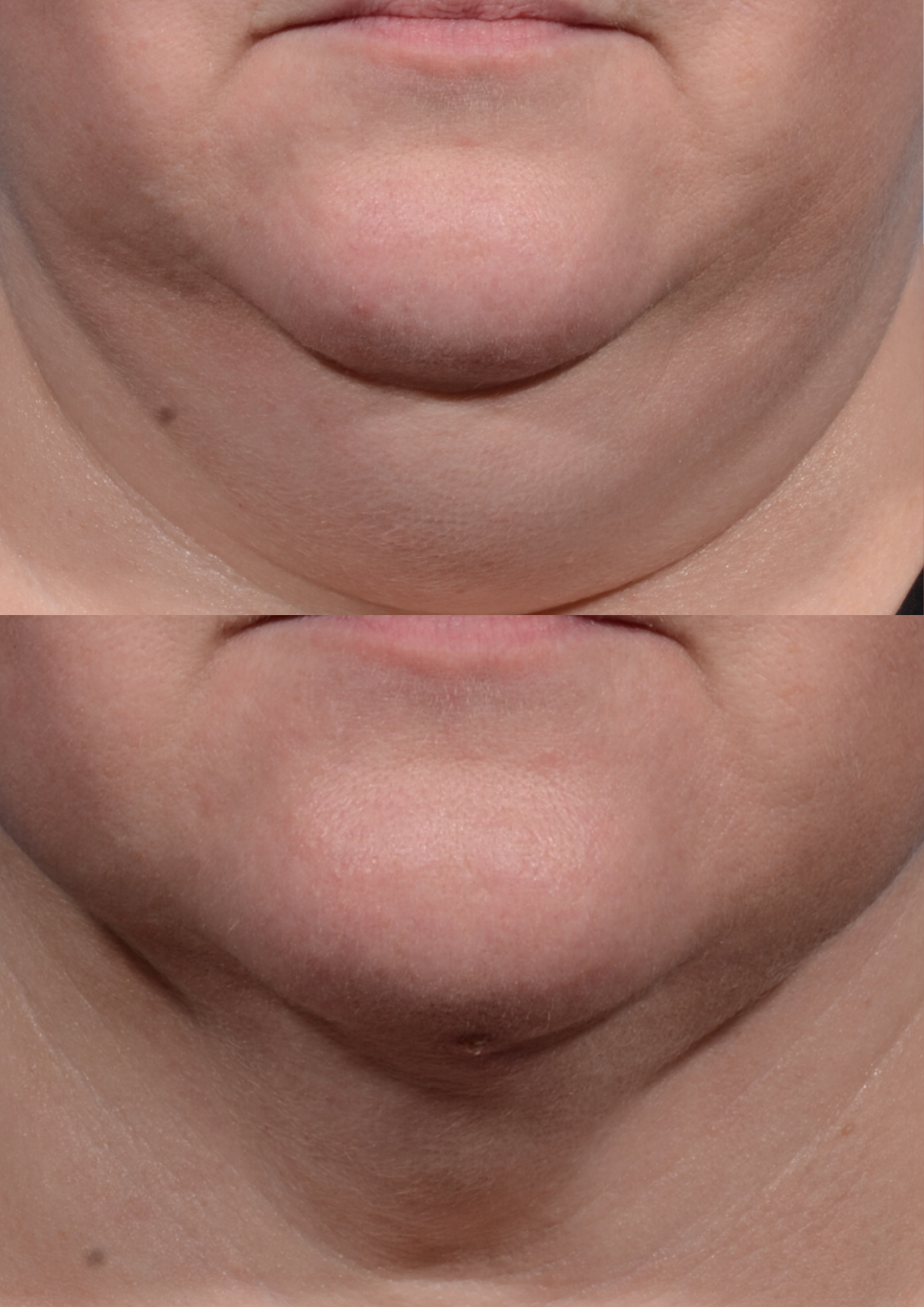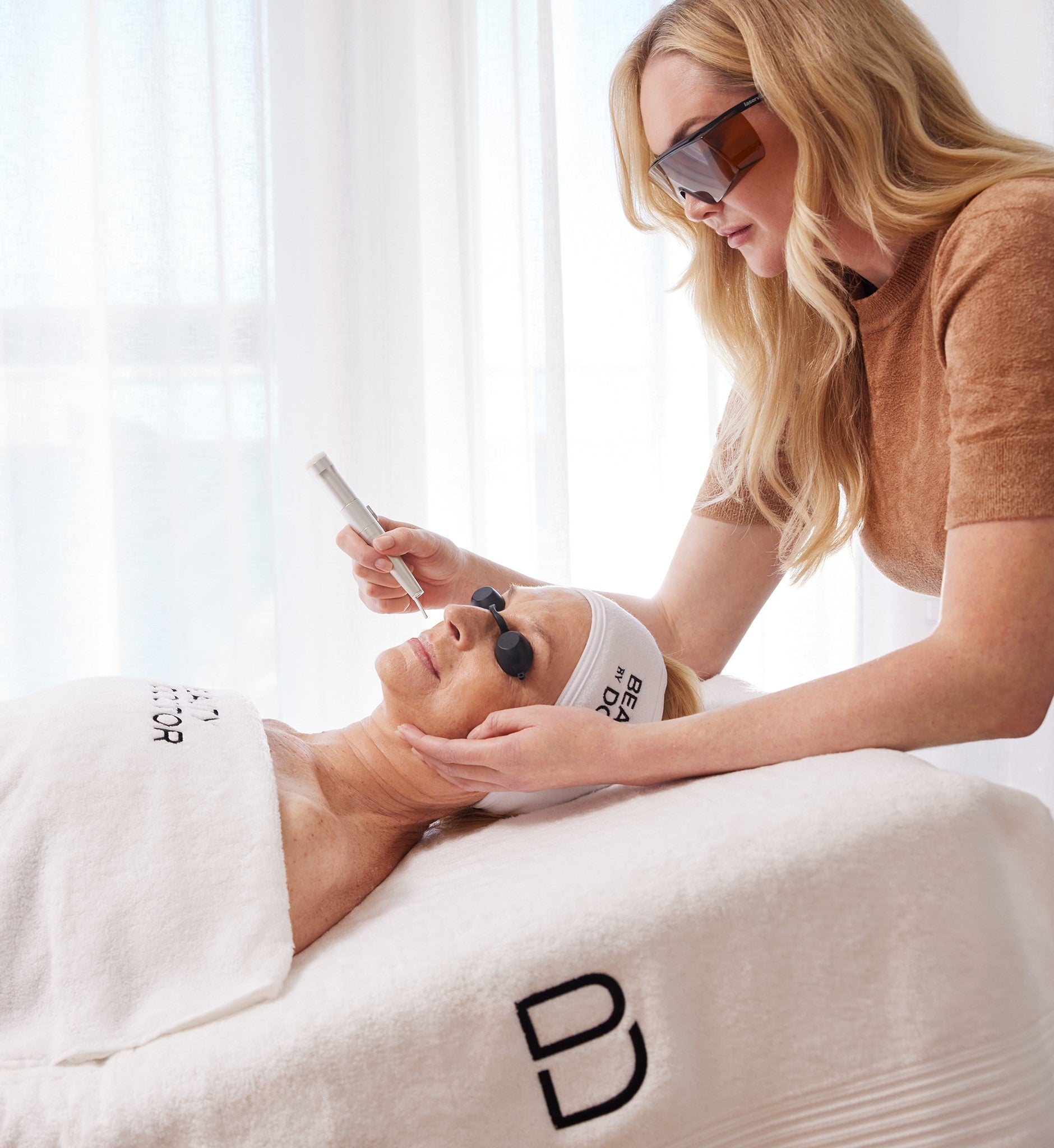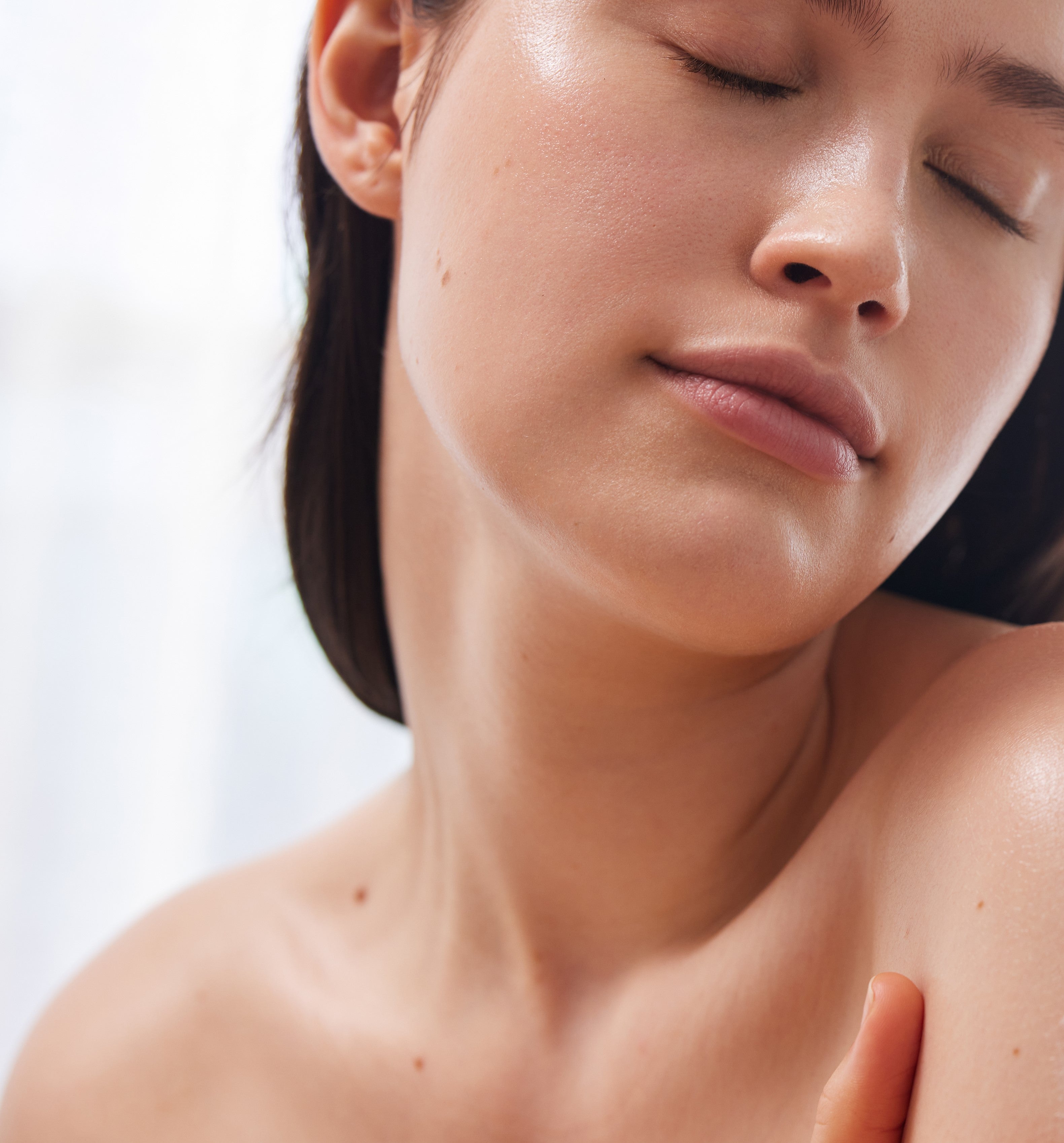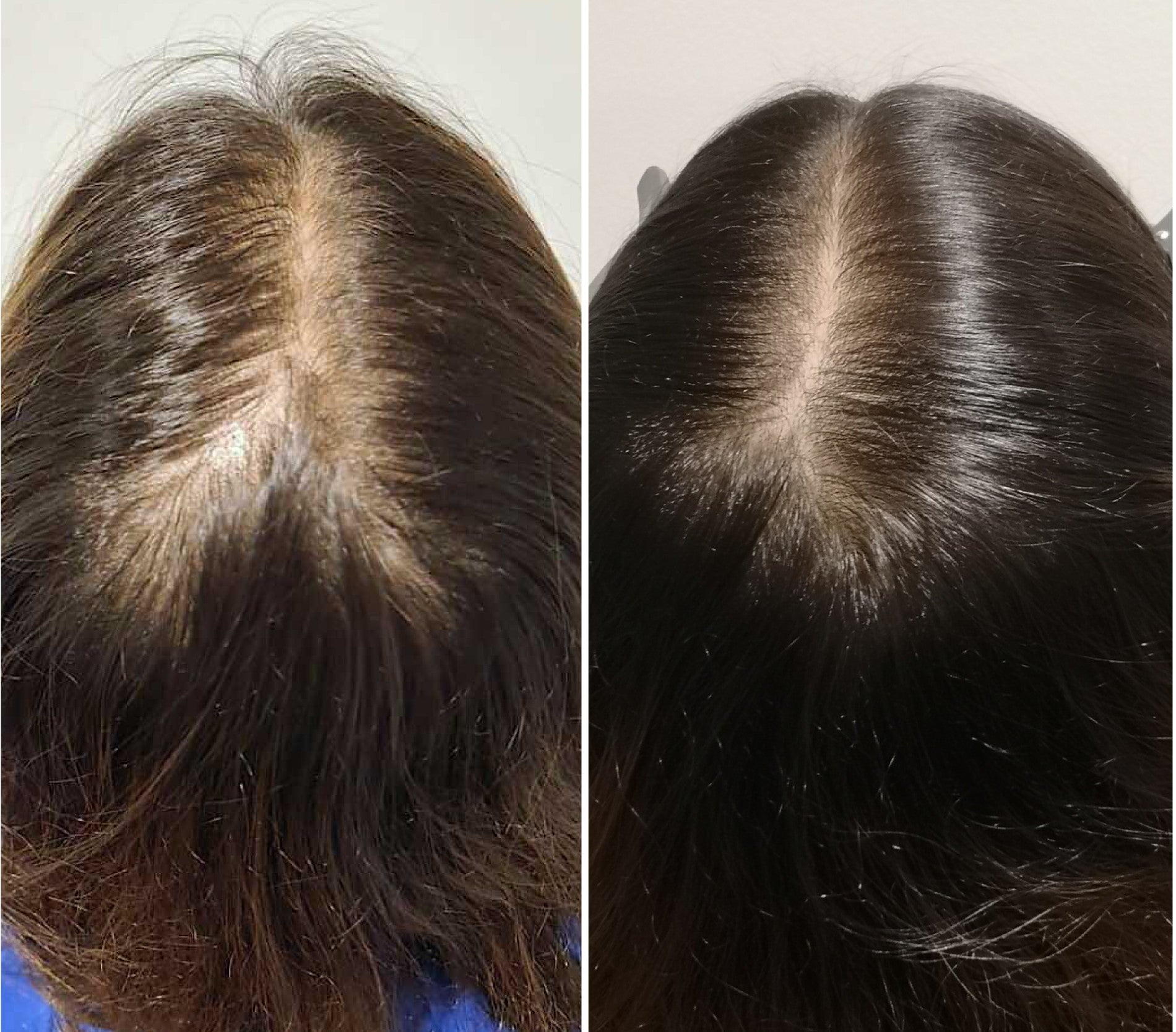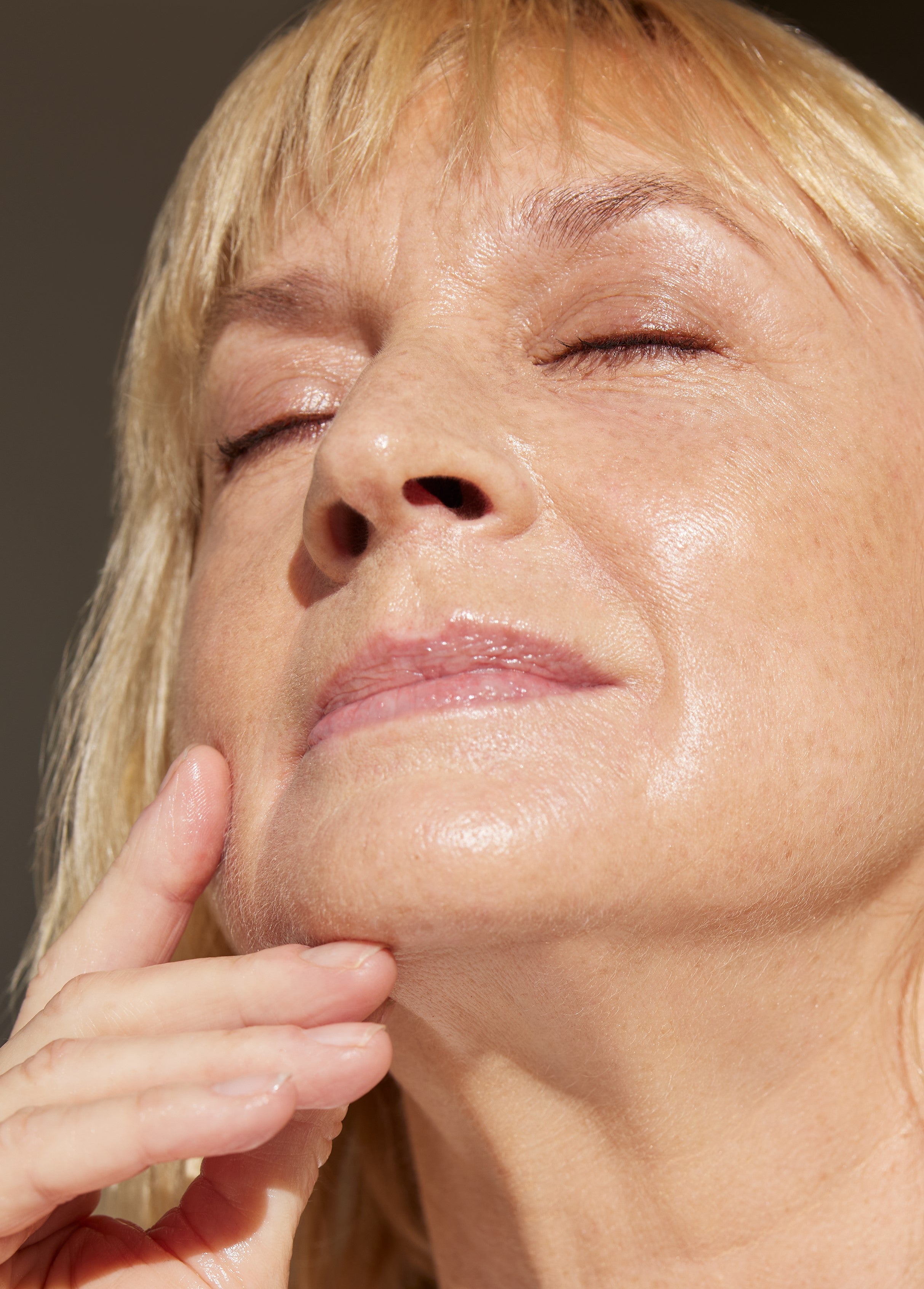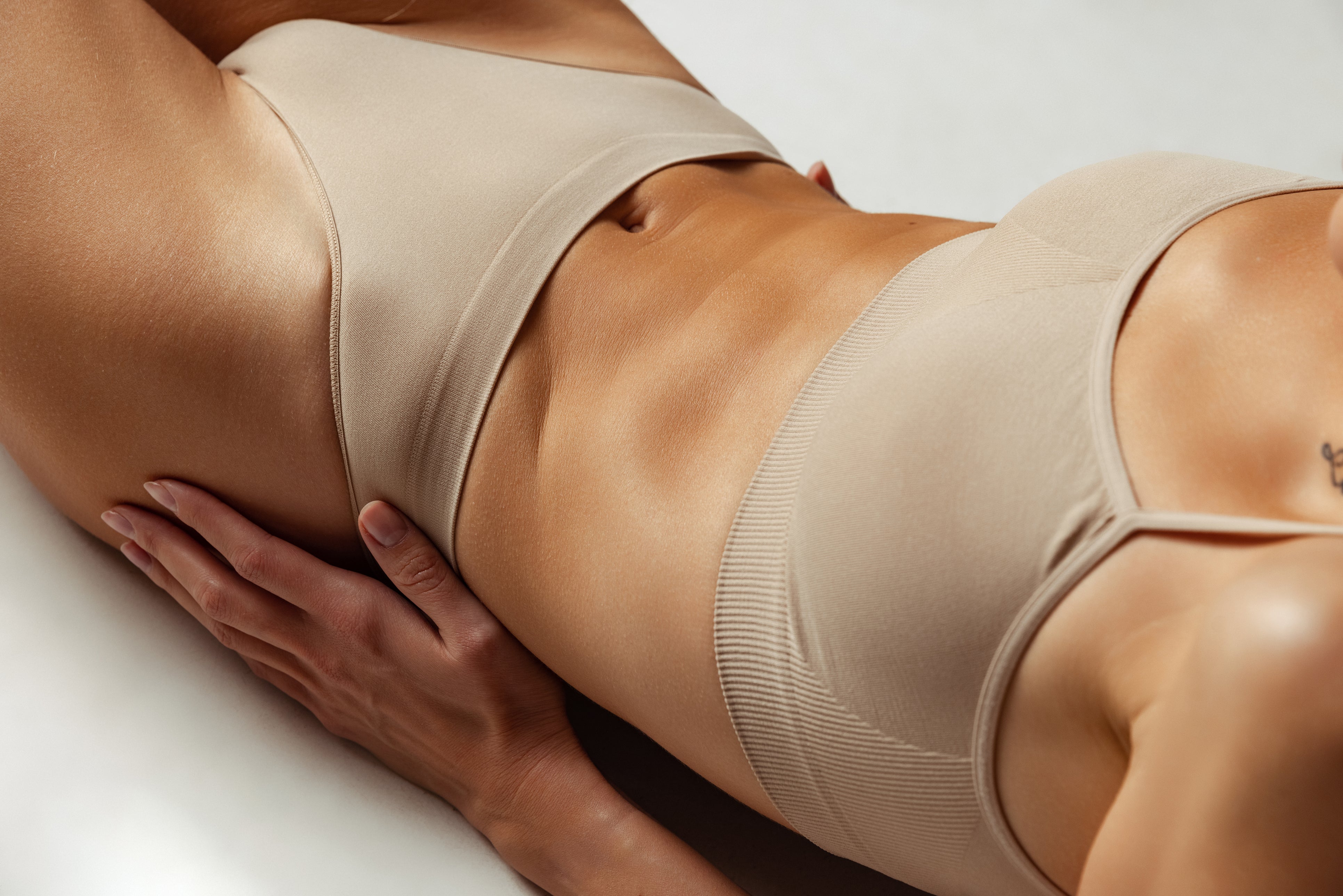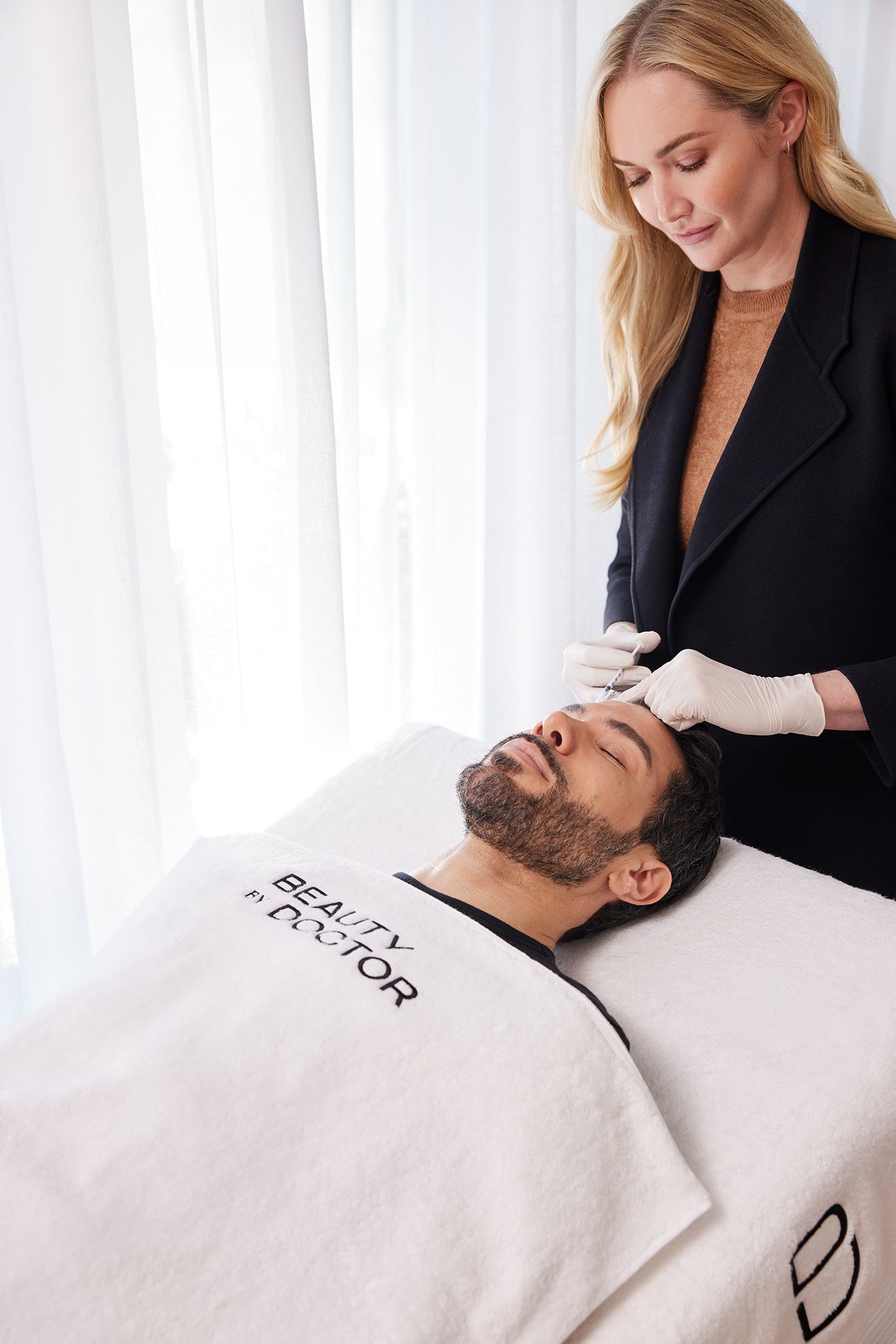Suppose you are uncomfortable attending social events because of profuse sweating of the face, hands, feet or underarms. In that case, you may have Hyperhidrosis even though your body temperature does not require thermal regulation.
Our Beauty By Doctor team fully understands the daily interruptions caused by excessive facial, hand, and underarm sweating. Our medical clinic presents superior non-surgical procedures which decrease facial sweating while managing hand sweating and stopping underarm sweating.
Understanding Excessive Sweating (Hyperhidrosis)
The main function of sweating is to regulate body temperature.
Excessive sweating beyond typical bodily needs due to a medical condition, Hyperhidrosis, creates emotional distress as well as self-consciousness alongside social anxiety. The medical condition produces excessive sweating that specifically affects the underarms, palms, feet, and face, making daily tasks difficult and affecting personal confidence.
What Causes Hyperhidrosis?
Different manifestations of Hyperhidrosis lead physicians to classify this condition into two groups.
Primary Hyperhidrosis: Primary Hyperhidrosis is hereditary, leading to overactive sweat glands, which produce excessive sweating.
Secondary Hyperhidrosis: The medical condition diabetes, among other conditions like menopause, infections and thyroid disorders, leads to Secondary Hyperhidrosis. Two causes of excessive sweating include specific medications that function as triggers.
The evaluation of severe facial sweating, together with wet palms, requires an expert opinion to establish both diagnosis and appropriate treatment options.
Signs You May Need Treatment for Excessive Sweating
Your facial sweating becomes excessive even when you remain in cool temperature zones.
Excessive sweating results in difficulty performing daily tasks such as pen-holding, writing, handshaking, and phone usage.
The facial sweating you experience becomes excessive during social occasions and work gatherings.
When sweat makes your underarm clothing wet, you become embarrassed due to sweating excessively.
Your self-esteem suffers from excessive sweating, and the condition restricts your ability to perform daily activities while triggering unstable emotions.
People who have identified symptoms should search for lasting treatments for excessive sweating.
How is Hyperhidrosis Treated?
The treatment strategy for excessive sweating depends on the areas affected by sweating, the severity of symptoms and the personal responses to therapy. Your condition will be evaluated at Beauty By Doctor, and if necessary, a specialist treatment strategy will be recommended to you.
The correct treatment method exists to minimise face, palm and body sweating, although no universal solution exists.
At-Home Hyperhidrosis Treatment
To address minor sweating problems, patients can try adjusting their routines and using skin remedies available over the counter. There are various self-managed methods to reduce home-based sweating, which include the following:
Use Medical-Grade Antiperspirants
Medical-grade antiperspirants function to close sweat glands to decrease perspiration levels.
The optimal results with antiperspirants come from using those containing aluminium, which dermatologists commonly suggest.
The product shows effectiveness in sweating in facial areas, hands, and armpits.
Shower More Frequently
Regular cleansing of the skin eliminates bacteria while simultaneously suppressing unpleasant body smells. Antibacterial soap is an effective tool for controlling excessive sweating on the face and body.
Choose Breathable Clothing
Wear cotton clothes which maintain body temperature at moderate levels.
Fabrics containing polyester and blended materials should be avoided because they retain heat, intensifying sweating issues.
Professional treatments can provide lasting relief if at-home methods are ineffective in managing excessive sweating.
Hyperhidrosis Medications
A physcian will consider medications for excessive sweating after patients fail to achieve sufficient results from lifestyle changes. These include:
Anticholinergic Agents: Legally approved medications such as Glycopyrrolate together with Oxybutynin serve to obstruct sweat gland activation signals.
Antidepressants: Drug treatments for antidepressants can control sweating when it results from stress or anxiety symptoms.
Beta-Blockers: The use of beta-blockers helps control nervous system-induced body sweating as well as sweating while speaking in public.
Medicated Wipes (Qbrexza): Qbrexza medicated wipes work to decrease sweat emanation from the face and underarms.
Aluminium Chloride Gel: A stronger alternative to over-the-counter antiperspirants.
Obtain medical advice from healthcare professionals to examine the possible side effects of medicine before taking any medications.
Advanced Hyperhidrosis Treatment Therapies
Medical treatments in clinical settings offer extended benefits to patients with medium or severe-intensity Hyperhidrosis.
1. Botox Injections for Excessive Sweating
The TGA has approved Botulinum toxin (Botox) for treating excessive sweating in the face, hands, underarms and feet.
How it Works:
The Botox injections stop nerve signals from activating sweat secretion.
The treatment focuses on calculated areas to achieve a six-month-long sweating reduction.
It is a quick procedure with minimal discomfort and downtime.
Best for Treating:
Sweaty face & forehead
Treatment for sweaty palms
Underarm Hyperhidrosis
2. Iontophoresis for Sweaty Hands & Feet
An electrical current at mild levels enables iontophoresis to disable the sweat glands in the hands and feet temporarily.
How it Works:
Both hands or feet need to be submerged in a water-filled tray.
A mild electric current disrupts sweat gland activity over repeated sessions.
Painless and non-invasive.
Best for Treating:
Sweaty palms cure
Foot sweating (plantar hyperhidrosis)
3. Microwave Therapy (MiraDry)
Thermal energy applied during this procedure permanently destroys sweat glands.
Performed in a doctor's office with little to no downtime.
Results are long-lasting.
Best for:
Underarm sweating
Extreme facial sweating
Hyperhidrosis Surgery (For Severe Cases)
Hospital staff should perform surgical procedures after other medical interventions fail to eliminate symptoms.
Endoscopic Thoracic Sympathectomy (ETS):
ETS is a surgical procedure that removes the sympathetic nerves in the thoracic region to turn off sweat signals.
Sweat Gland Removal (Laser or Curettage):
The removal of sweat glands occurs through excision, together with laser-based therapy.
Doctors only perform surgery on people who have severe and continuing hyperhidrosis symptoms.
Side Effects of Hyperhidrosis Treatment
Widespread treatment of excessive sweating carries minimal safety risks, although one can encounter these possible adverse effects:
Skin irritation or redness
Temporary discomfort or swelling
Skin discoloration
Your healthcare provider will provide an overview of potential negative effects and anticipated treatment results before starting the procedure.
How Soon Will I See The Results?
After administering Botox for excessive sweating, the results become evident within 5-7 days until they fade completely during 4-6 months.
Iontophoresis shows Improvement after a few sessions.
MiraDry Microwave Therapy helps in Permanent reduction after 1-2 treatments.
The majority of patients start experiencing less sweating shortly after the treatment period.
Bottom Line:
The discomfort of excessive sweating exists as an uncomfortable situation which you need not accept. Professional treatment at our clinic addresses all sweating conditions, including facial sweat, hand moisture and severe underarm sweat issues.
The TGA-approved non-surgical treatments at Beauty By Doctor will enable you to gain independence over sweating while building self-confidence.
Schedule your assessment today to experience your skin's dry comfort, freeing you from sweating.
FAQs
Is excessive sweating a sign of a serious condition?
Chronic sweating (secondary Hyperhidrosis) requires medical attention because it could signal medical disorders such as thyroid conditions, diabetes, infections or menopause issues. Always get a medical examination regarding excessive, sudden, heavy sweating that appears with other symptoms because these may indicate serious medical conditions.
What causes extreme sweating?
Extreme sweating develops from overactivated sweat glands in primary Hyperhidrosis or stems from health conditions affecting hormone balance, anxiety levels, and certain medications in secondary Hyperhidrosis. Your body may sweat excessively because of anxiety, heat exposure and physical work. In such cases, Beauty by Doctor offers excellent excessive sweating treatments in Sydney and the surrounding areas.
How do you know if you are sweating excessively?
You may have Hyperhidrosis if:
Your body produces profuse sweat even in circumstances that do not warrant such an amount.
Excessive sweating leads to disturbances in regular activities, like hand objects slipping because of hand sweating.
The condition induces frequent sweating on your face, palms, underarms, and feet.
Deodorants and regular cleanliness practices fail to manage your excessive sweat.
The sense of embarrassment caused by sweating makes you stay away from social interactions.

